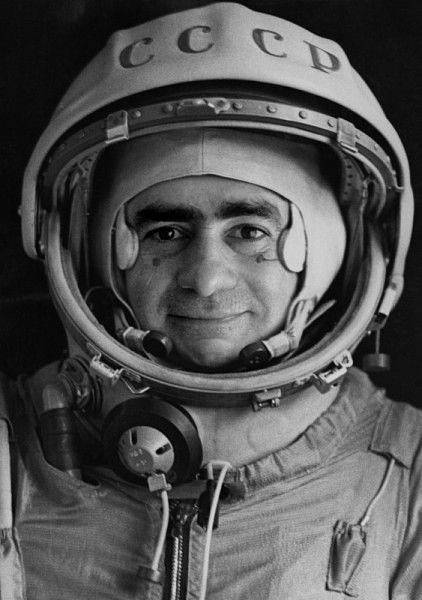In depth: Masks of Self Portraiture
3 Share TweetPortraiture is often about investigating human nature. A fascinating aspect of working with self portraiture is exploring our relationship with ourselves and/or our society. How we fit in, or fail to, is a big question artists have sought to answer. When the answer is not presented, perhaps the question itself is what matters.
Pointing the camera towards ourselves often means that we are a vehicle for the message we want to send, while sometimes, we are searching for the message. Even in the most clinically documentary project, an alter ego arises, since the question of truthful photography is more accentuated in this kind of work. It seems inevitable that the artist impersonates a character that will convey their thoughts.
When exposing their face to the camera, the photographer is asking themselves questions. These may be technical questions, such as where to position themselves, but the decisions also enhance what they are trying to say to what feeling they are embodying, becoming a symbolic reference of a mood that can be collectively felt and shared by others. But can we escape the mask that we wear after pressing the shutter?

Some more than others are capable of conveying the tragicomical theater of life. Each time an artist turns the camera to themselves, it shines a light on a part of themselves – what they want to be, what others want them to be, or what they simply are.
Revealing Another Self
Self portraiture has been used by artists for hundreds of years, by putting themselves in the middle of a scene, and to make a statement: here I am. Ahead of their time, Claude Cahun was a prolific photographer, performative artist, writer, and sculptor. Rediscovered in the 1980s, they are now seen as a revolutionary figure whose work explored the themes of identity, gender, and subconscious.
In their carefully designed self-portraits, Claude Cahun challenges socially accepted notions of feminine identity. Often, they worked in collaboration with their life partner Marcel Moore. From an early age, Cahun struggled to accept and conform to the roles society (and their mother) had envisioned for them. This struggle ignited in them a quest to interrogate ideas of gender identity. Creating surrealist set-ups and compositions, for Cahun, was a way to explore the deceptive nature of defining a fixed self. They performed radical acts, depicting a variety of characters that used their androgynous appearance to question notions of gender and sexuality.

It is in their book Disavowals (Aveux non Avenus) a surreal autobiographical collection of mixed media and mixed genres, that through the use of various double exposure techniques, self-portraits and collages, as well as their written work, calculated questions are raised regarding the duality of nature around us.
Shuffle the cards. Masculine? Feminine? It depends on the situation. Neuter is the only gender that always suits me. Extract from Disavowals.
Becoming Someone Else
Some are willing to put on a mask to liberate parts of themselves, while others wear masks to talk about issues that interest them. The work of the artist Joan Fontcuberta follows this second category, and exposes the issue of truth in photography.
The foundation of his body of work is to question the meaning that we, as a society, have given to photography as a reliable and trustworthy vehicle of information. In his work Sputnik (1997), he chooses to be the protagonist of his story. Everything is fictional, but there is a signal that brings us back to reality: the presence of the artist himself, who, by becoming a character, sets up the degree of reality to which we relate to the images.
Ivan Istochnikov, a Soviet cosmonaut, disappeared in 1968 during a space mission aboard the Soyuz 2 spacecraft. The disastrous mission was erased from official history because the authorities could not explain his disappearance. A journalist, Mike Arena, had access to declassified documents from the former Soviet Union and reopened the case, bringing back to light the story of Ivan Istochnikov. However the whole story was a Hoax, and Ivan Istochnikov is simply a Russian translation of the name Joan Fontcuberta.

The story prompts the viewer to ask with each image where reality resides. We are forced to question the extent to which we are willing to believe the improbable, and allow images to influence us.
In Miracle&Co we can appreciate Fontcuberta’s humor and wit. In this photographic project he inhabits the role of a priest and documents the miraculous powers of a secluded religious sect. With brilliant execution he uses different techniques to compose and build his stories. His humorous touch breaks the heaviness of the underlying message and makes it digestible for the audience, successfully taking the issue seriously, without taking himself too seriously.
Through Fontcuberta’s decades-long questioning of reality through photography, the artist constantly asks viewers to challenge the visual information they are presented with. We can't help but notice how relevant this issue is these days.
Whether self portraiture is used to open a window to the artist's soul or conveys uncomfortable truths within all of us, we can appreciate the multitudes of layers that this genre of photography is capable of revealing.
Who are your favourite self portrait photographers? Share your thoughts in the comments below.
written by eparrino on 2024-01-28 #in-depth #masks #claude-cahun #self-portraiture #in-depth #marcel-moore #joan-fontcuberta #truthful-photography
















No Comments